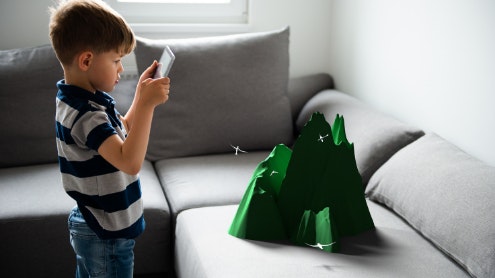Homepage
•
Learning Library
•
Blog
•
Create AR Using These 5 Apps
Expand breadcrumbs
Expand breadcrumbs
- Learning Library
- Blog
- Create AR Using These 5 Apps
- Homepage
- •
- Learning Library
- •
- Blog
- •
- Create AR Using These 5 Apps
Create AR Using These 5 Apps
By Jaime Donally
December 16, 2022








